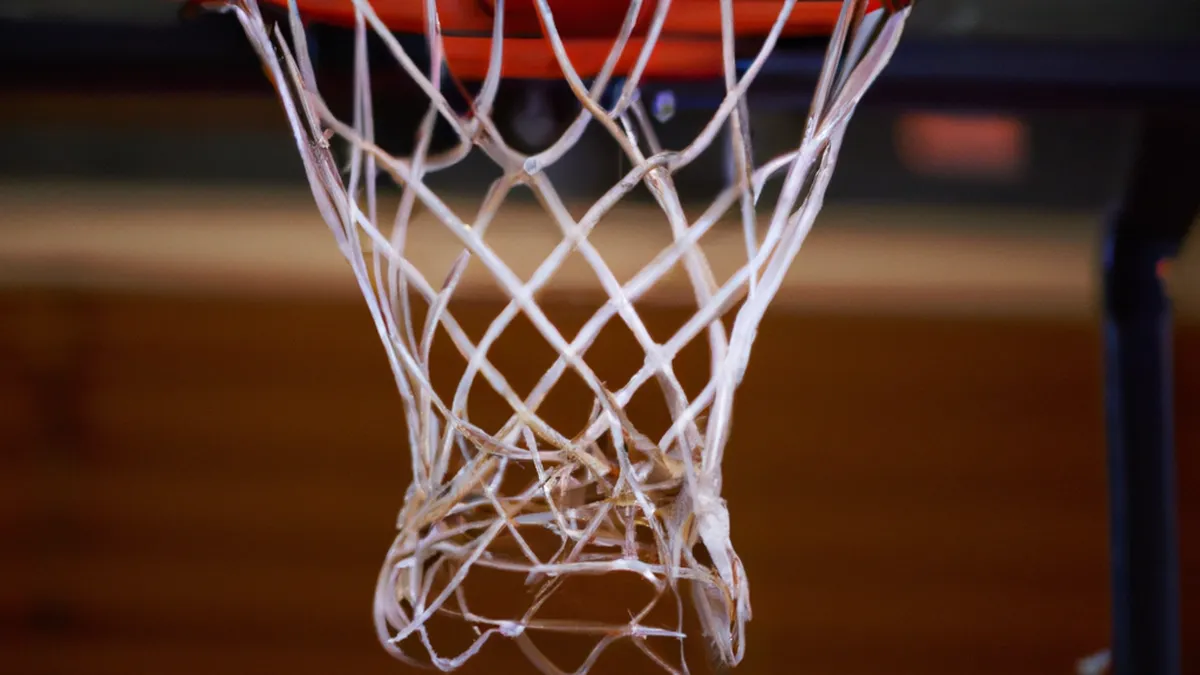Levels of Play: Adjusting Your Game Strategy
Modifying Tactics for Skill LevelsIn sports, players have varying skill levels. A one-size-fits-all approach rarely works. Coaches must adapt tactics to meet each player’s unique needs. This ensures everyone can participate, learn, and improve. This post explores how to modify tactics based on skill levels. We will share practical tips, valuable advice, and the benefits of personalized approaches.
Understanding Skill Levels
Before modifying tactics, understand different skill levels. Players usually fall into three categories: beginners, intermediates, and advanced.
Beginners
Beginners often lack basic techniques. They may struggle with coordination and game rules. Focus on fundamental skills at this level. Teach them to dribble, pass, and shoot. Use simple drills in a low-pressure environment.
Intermediates
Intermediates grasp basic skills. They can perform techniques but may lack game intelligence. Modify tactics by introducing situational drills. Encourage critical thinking about their decisions. This helps them understand the game better.
Advanced
Advanced players possess high skill levels. They execute techniques with ease but seek new challenges. Focus on strategy and tactics for this group. Use complex drills that push their limits. Emphasize teamwork and communication, crucial at this level.
Tips for Modifying Tactics
As an Amazon Associate I earn from qualifying purchases.
Gear tip: consider kids jump rope, agility rings, and soft medicine ball to support this topic.
When adapting tactics, remember these tips. They will help create a supportive environment for all players.
Assess Skill Levels
Start by assessing each player’s skill level. Observe players during practice or games. Conduct skill tests to gauge their abilities. Once you understand their levels, tailor your tactics accordingly.
Set Clear Goals
Establish clear goals for each skill level. Beginners might aim to improve basic skills. Intermediates can focus on decision-making. Advanced players should work on strategy and teamwork. Specific goals keep players motivated and provide a clear improvement path.
Use Differentiated Drills
Incorporate differentiated drills into your practice sessions. Use modified games for beginners. These games can focus on fundamental skills without overwhelming them. Introduce game-like scenarios for intermediates to enhance decision-making. For advanced players, use competitive drills that challenge their skills and tactics.
Advice for Coaches and Instructors
As a coach, guide and support each player’s development. Here are practical tips to help you succeed.
Communicate Clearly
Always communicate your expectations clearly. Use simple language for beginners. Provide detailed feedback for advanced players. This helps them understand your goals for their development.
Encourage Questions
Create an open environment for players to ask questions. This encourages learning and allows players to clarify tactics. Address their concerns and offer constructive feedback.
Foster a Positive Environment
Maintain a positive atmosphere during practices and games. Encourage players to support one another. Celebrate small victories and provide constructive criticism when needed. A supportive environment boosts morale and promotes growth.
Benefits of Modifying Tactics
Adapting tactics for different skill levels offers numerous benefits. These advantages enhance the overall learning experience.
Increased Engagement
When players feel challenged but not overwhelmed, they become more engaged. Tailoring tactics keeps them motivated and eager to improve. This leads to greater participation and enjoyment.
Improved Skill Development
Modifying tactics allows targeted skill development. Players can focus on specific areas needing improvement. This individualized approach fosters faster growth and mastery of techniques.
Enhanced Team Dynamics
When everyone feels included, team dynamics improve. Players of different skill levels learn to work together. This collaboration fosters camaraderie and strengthens team bonds. As a result, the entire team performs better.
Conclusion
Modifying tactics for different skill levels is essential in any sport. By understanding each player’s needs, coaches create a more inclusive and effective learning environment. Assessing skill levels, setting clear goals, and using differentiated drills enhance player engagement and development. Ultimately, a personalized approach benefits the entire team, leading to improved performance and stronger relationships. Embrace the challenge of adapting tactics, and watch your players thrive.
Below are related products based on this post:
FAQ
Why is it important to modify tactics based on skill levels?
Modifying tactics is crucial because players have varying skill levels, and a one-size-fits-all approach rarely works. Tailoring tactics ensures that each player can participate, learn, and improve according to their unique needs, leading to a more inclusive and effective learning environment.
What are the three categories of player skill levels?
Players typically fall into three categories: beginners, intermediates, and advanced. Beginners often lack basic techniques, intermediates have a grasp of skills but need to enhance game intelligence, and advanced players seek new challenges and focus on strategy and teamwork.
How can coaches assess a player’s skill level?
Coaches can assess a player’s skill level by observing them during practice or games and conducting skill tests to gauge their abilities. This understanding allows coaches to tailor their tactics and create appropriate drills for each player’s development.















Post Comment